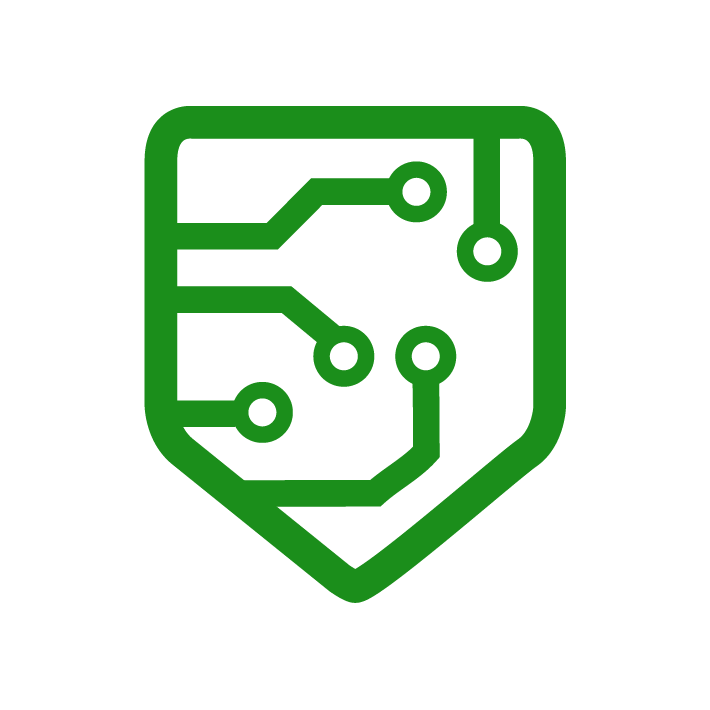Organizations face the crucial decision of choosing between external and internal penetration testing methodologies to evaluate the robustness of their defenses. SafeNet, a leading cybersecurity company, recognizes the significance of this decision and is dedicated to providing insights that help organizations make informed choices. In this blog post, we explore the key constraints associated with external and internal penetration testing, shedding light on how SafeNet’s expertise ensures a thorough and effective evaluation of your security posture.
Understanding External and Internal Penetration Testing:
External Penetration Testing:
External penetration testing involves simulating an attack from outside the organization’s network to identify vulnerabilities that could be exploited by external threats such as hackers or malicious actors.
Internal Penetration Testing:
Internal penetration testing, on the other hand, focuses on assessing vulnerabilities from within the organization’s network. It simulates an attack initiated by an insider or an individual with authorized access, providing insights into potential risks within the internal infrastructure.
Key Constraints in External Penetration Testing:
1. Limited Scope:
- External penetration testing has a constrained scope as it primarily focuses on the external-facing aspects of the organization’s infrastructure. While it identifies vulnerabilities that external actors could exploit, it may not provide a comprehensive view of internal risks.
2. Lack of Context:
- External penetration testing lacks the context of internal network intricacies. It may not capture the nuances of internal access controls, potential misconfigurations, or risks associated with privileged user accounts.
3. Inadequate Coverage:
- External testing might not cover all aspects of an organization’s attack surface, leaving potential blind spots. It may miss vulnerabilities that are only exploitable from within the internal network.
4. Difficulty in Mimicking Insider Threats:
- Simulating insider threats during external penetration testing can be challenging. The limited perspective from outside the organization may not accurately replicate the behaviors and risks associated with authorized users.
Key Constraints in Internal Penetration Testing:
1. Limited External Perspective:
- Internal penetration testing may not fully capture external-facing vulnerabilities. While it provides insights into internal risks, it might miss potential entry points that external attackers could exploit.
2. Difficulty in Mimicking External Threats:
- Replicating external threat scenarios during internal penetration testing can be complex. Testing teams may struggle to accurately simulate the tactics and techniques of external adversaries.
3. Potential Disruption to Business Operations:
- Internal testing carries the risk of disrupting regular business operations. Testing activities could impact critical systems, potentially causing unintended consequences.
4. Resource Intensiveness:
- Internal penetration testing requires access to internal systems, which may demand more time and coordination with organizational stakeholders. This resource intensiveness can impact the efficiency of the testing process.
SafeNet’s Approach to Penetration Testing:
1. Comprehensive Hybrid Approach:
- SafeNet advocates for a hybrid approach that combines both external and internal penetration testing methodologies. This ensures a comprehensive evaluation of an organization’s security posture, addressing the limitations associated with each approach.
2. Contextual Understanding:
- SafeNet’s penetration testing services include a deep contextual understanding of both external and internal network dynamics. This enables our experts to identify vulnerabilities with a holistic perspective, offering a more accurate representation of potential risks.
3. Real-World Simulations:
- SafeNet’s penetration testing mimics real-world attack scenarios, encompassing both external and internal threat vectors. This approach provides organizations with actionable insights into vulnerabilities that could be exploited by a diverse range of attackers.
4. Collaborative and Tailored Approach:
- SafeNet collaborates closely with organizations to tailor penetration testing strategies based on their unique needs. This ensures that the testing process aligns with organizational goals and provides valuable insights to enhance cybersecurity defenses.
Choosing between external and internal penetration testing involves navigating through various constraints and considerations. SafeNet recognizes the importance of a balanced approach and offers a comprehensive solution that combines both methodologies. By leveraging SafeNet’s expertise, organizations can gain a nuanced understanding of their security posture, identifying and mitigating vulnerabilities effectively. Trust SafeNet to guide you through the complexities of penetration testing, ensuring a resilient cybersecurity foundation in an ever-evolving threat landscape. With SafeNet, your security is in capable hands.





